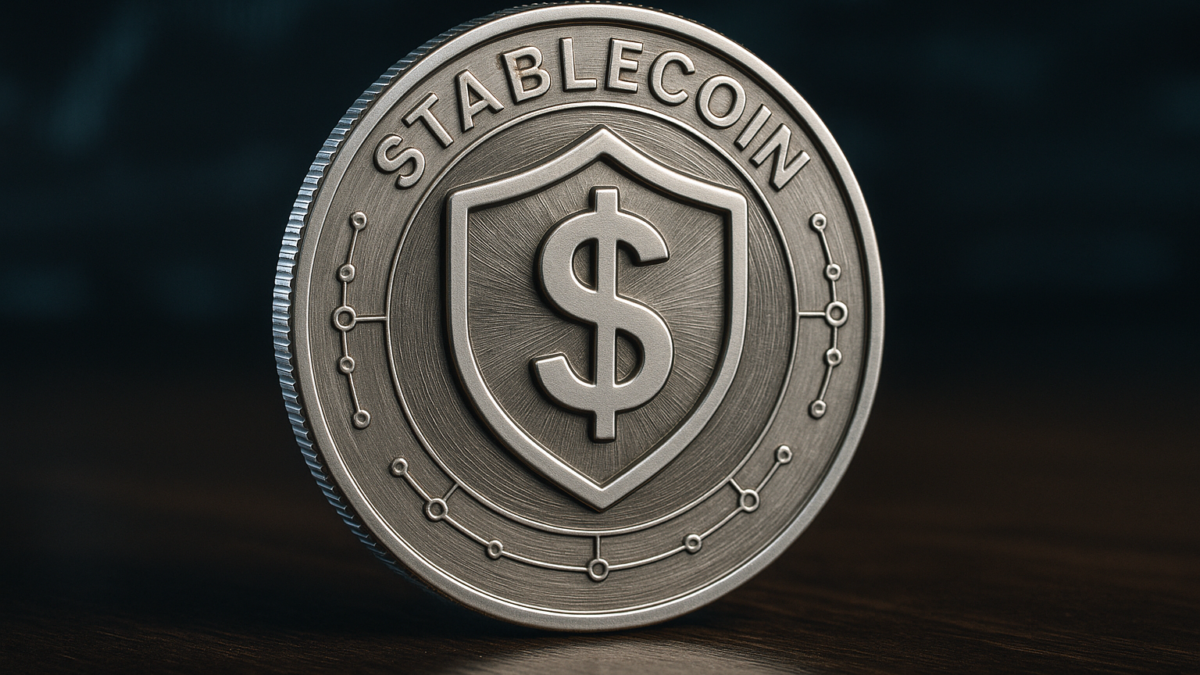What Are Stablecoins? A 2025 Guide to Crypto’s Most Trusted Digital Assets
Table of Contents
Introduction
In the ever-expanding world of cryptocurrency, stablecoins have become a crucial bridge between the volatile crypto market and the traditional financial system. As of 2025, they account for over $200 billion in market capitalization, playing a pivotal role in trading, remittances, decentralized finance (DeFi), and more.
If you’re wondering what stablecoins are, how they work, and why they matter—this guide covers everything a marketer, investor, or curious reader needs to know.
What Is a Stablecoin?
A stablecoin is a type of cryptocurrency that is pegged to a stable reserve asset such as a fiat currency (e.g., USD, EUR), a commodity (like gold), or governed by algorithms that aim to keep the price steady. The goal is to combine the decentralization and efficiency of crypto with the price stability of traditional money.
Unlike Bitcoin or Ethereum, which can fluctuate wildly in price, stablecoins are designed to stay close to a fixed value, typically $1.
How Do Stable coins Work?
Stablecoins maintain their value using three main mechanisms:
- Fiat-collateralized: Backed 1:1 by a fiat currency like the U.S. dollar. Issuers hold reserves equal to the number of tokens issued.
- Crypto-collateralized: Backed by other cryptocurrencies and often over-collateralized to account for volatility (e.g., DAI).
- Algorithmic: Rely on smart contracts and algorithms to control supply and demand, keeping the price stable without direct collateral.
Each type comes with its own trade-offs between decentralization, transparency, and stability.
Types of Stable coins
Fiat-Backed Stablecoins
These are the most popular and widely used stablecoins. Each coin is backed by fiat held in reserve.
- Examples: Tether (USDT), USD Coin (USDC), PayPal USD (PYUSD)
- Pros: Easy to understand, stable, highly liquid
- Cons: Centralized and dependent on audits and trust
Crypto-Backed Stablecoins
These coins are backed by other cryptocurrencies, typically over-collateralized to protect against volatility.
- Examples: DAI (backed by ETH), LUSD
- Pros: Decentralized, transparent via smart contracts
- Cons: Complex and susceptible to market swings
Commodity-Backed Stable coins
These stablecoins are pegged to assets like gold or silver.
- Examples: Tether Gold (XAUT), Paxos Gold (PAXG)
- Pros: Hedge against inflation, tangible asset backing
- Cons: Lower adoption and liquidity
Algorithmic Stable coins
These coins use programmed supply adjustments to stabilize prices.
- Examples: Frax (FRAX), Ampleforth (AMPL)
- Pros: No collateral needed, scalable
- Cons: Vulnerable to market panic (e.g., TerraUSD crash)
Additionally Read: The Future of Digital Currency: What’s Next for Money?
Real-World Use Cases
Stablecoins are more than just trading tools—they’re reshaping global finance in several ways:
- Cross-border payments: Faster, cheaper alternatives to wire transfers
- DeFi platforms: Used as collateral, liquidity, or yield-generating assets
- E-commerce: Enable merchants to accept crypto without volatility risk
- Remittances: Allow users to send stable-value crypto instead of volatile tokens
- Savings: In regions with unstable currencies, stablecoins serve as a store of value
Why Stable coins Matter in 2025
As Web3 and DeFi technologies mature, stablecoins have become the backbone of blockchain-based finance. Their role has expanded into:
- Tokenizing real-world assets (RWA)
- Serving as the base currency in DeFi ecosystems
- Enabling real-time B2B payments
- Bridging the gap between central bank digital currencies (CBDCs) and private wallets
Many businesses now hold USDC or USDT in their treasury due to instant liquidity and 24/7 transferability.
The Evolving Regulatory Landscape
Stablecoins’ rapid growth has drawn attention from global regulators. In 2025:
- The U.S. Stablecoin Regulation Act has been proposed to ensure stablecoin issuers are transparent and hold 1:1 reserves.
- Europe’s MiCA framework (Markets in Crypto Assets) now mandates stablecoin reserve disclosures and caps on daily volume.
- Emerging economies are testing stablecoin usage in parallel with CBDCs for remittance corridors.
- Compliance and transparency are key themes in 2025—and stablecoin providers are under pressure to offer audit-ready reporting and real-time reserve tracking.
What’s Next for Stablecoins?
The future of stablecoins looks strong—but not without challenges.
Expected developments:
- Integration into retail banking and fintech apps
- CBDC-compatible bridges for hybrid systems
- Tokenized Treasury Bills offering interest-bearing stablecoins
- AI-generated smart contracts managing algorithmic adjustments more intelligently
As decentralized finance, tokenized assets, and digital identity systems expand, stablecoins are becoming the “digital cash” of Web3.
Final Thoughts
In a world where volatility is the norm, stablecoins bring predictability, security, and financial utility to crypto ecosystems. Whether you’re a trader, a remittance user, a DeFi investor, or a business exploring blockchain payments, stablecoins offer an accessible on-ramp.
But as their importance grows, so does the responsibility of regulation, transparency, and education. Stablecoins are not just a crypto convenience—they are shaping the future of money.
Call to Action:
Want to explore more crypto trends, blockchain use cases, and fintech innovations?
👉 Visit iTMunch for more insights





